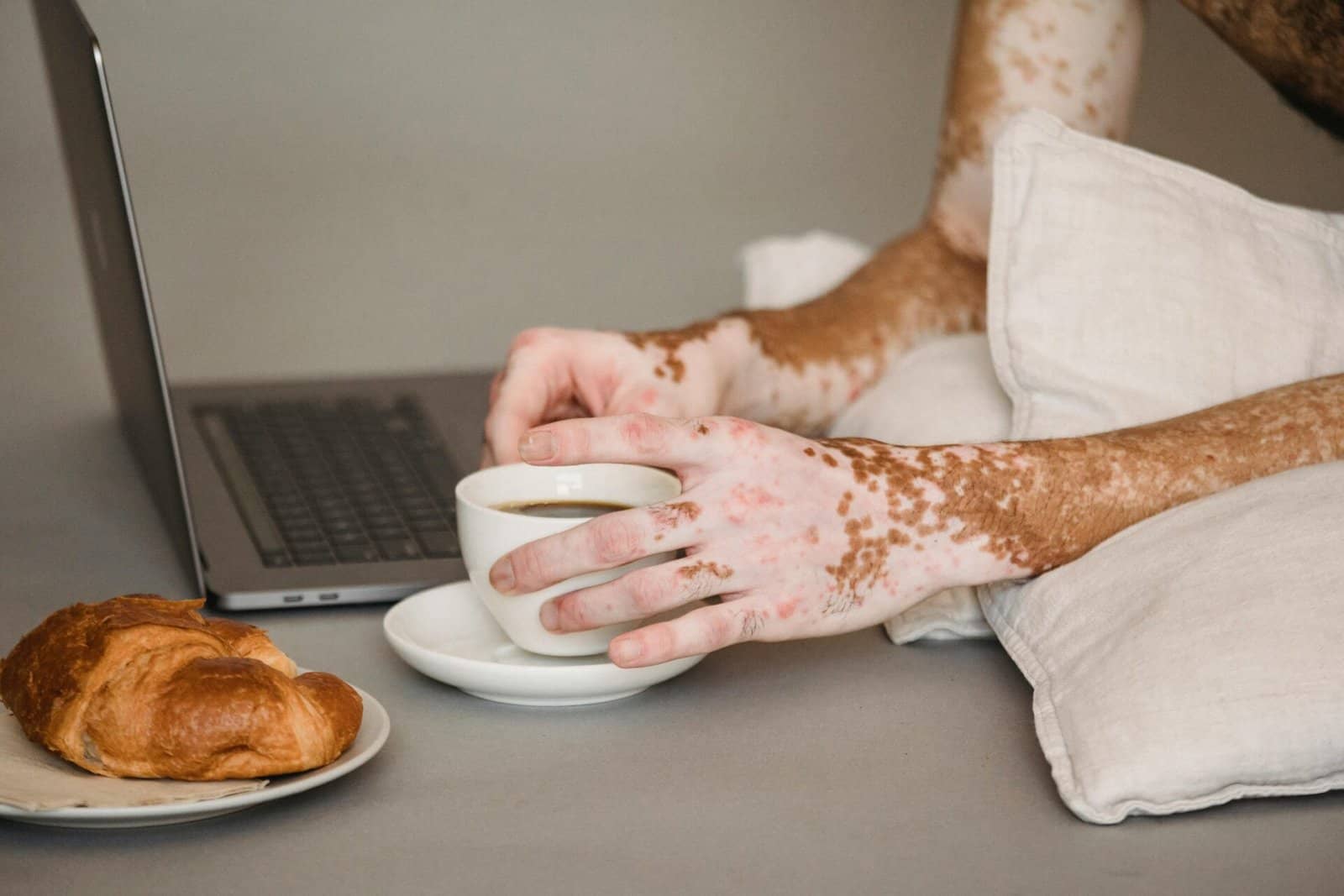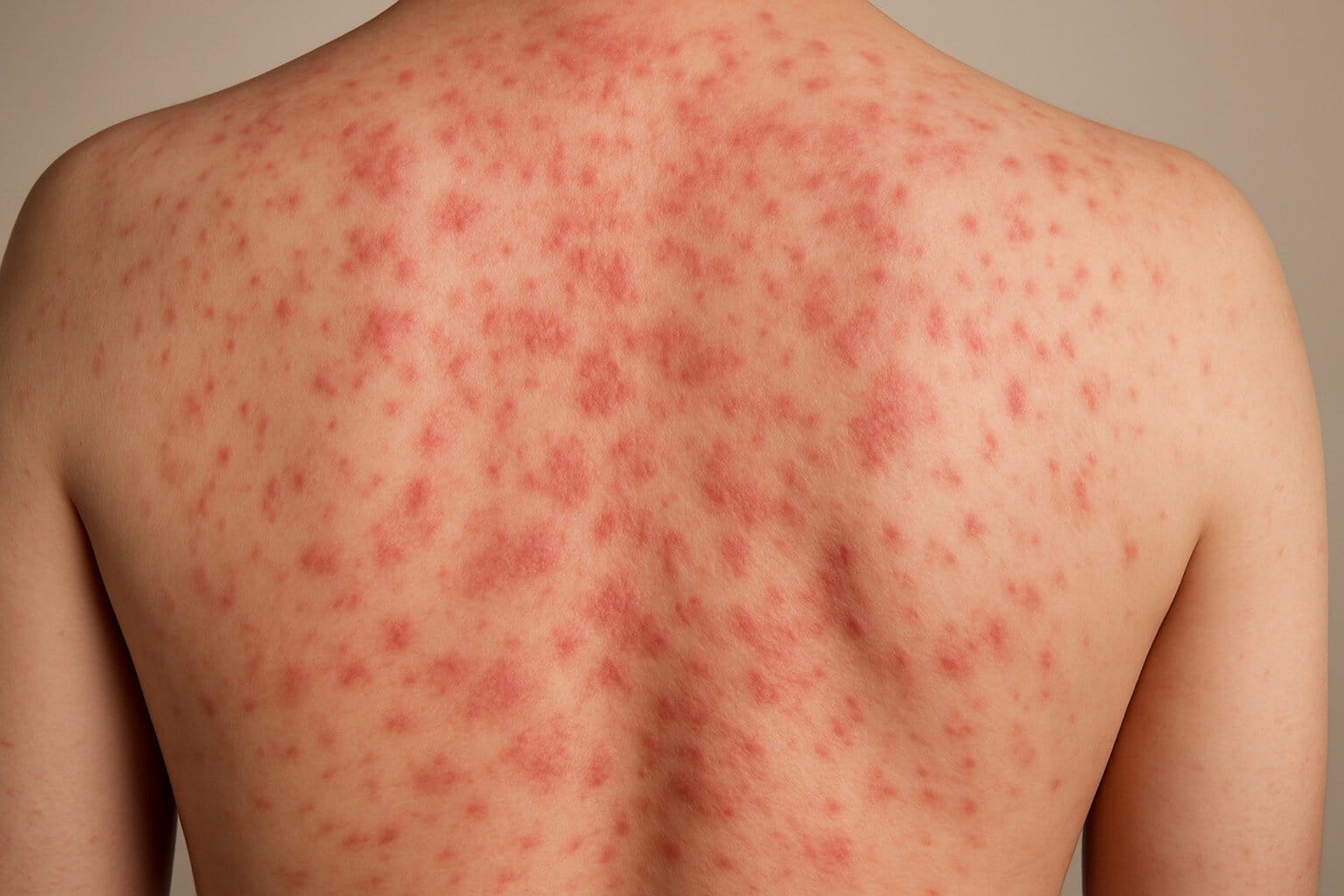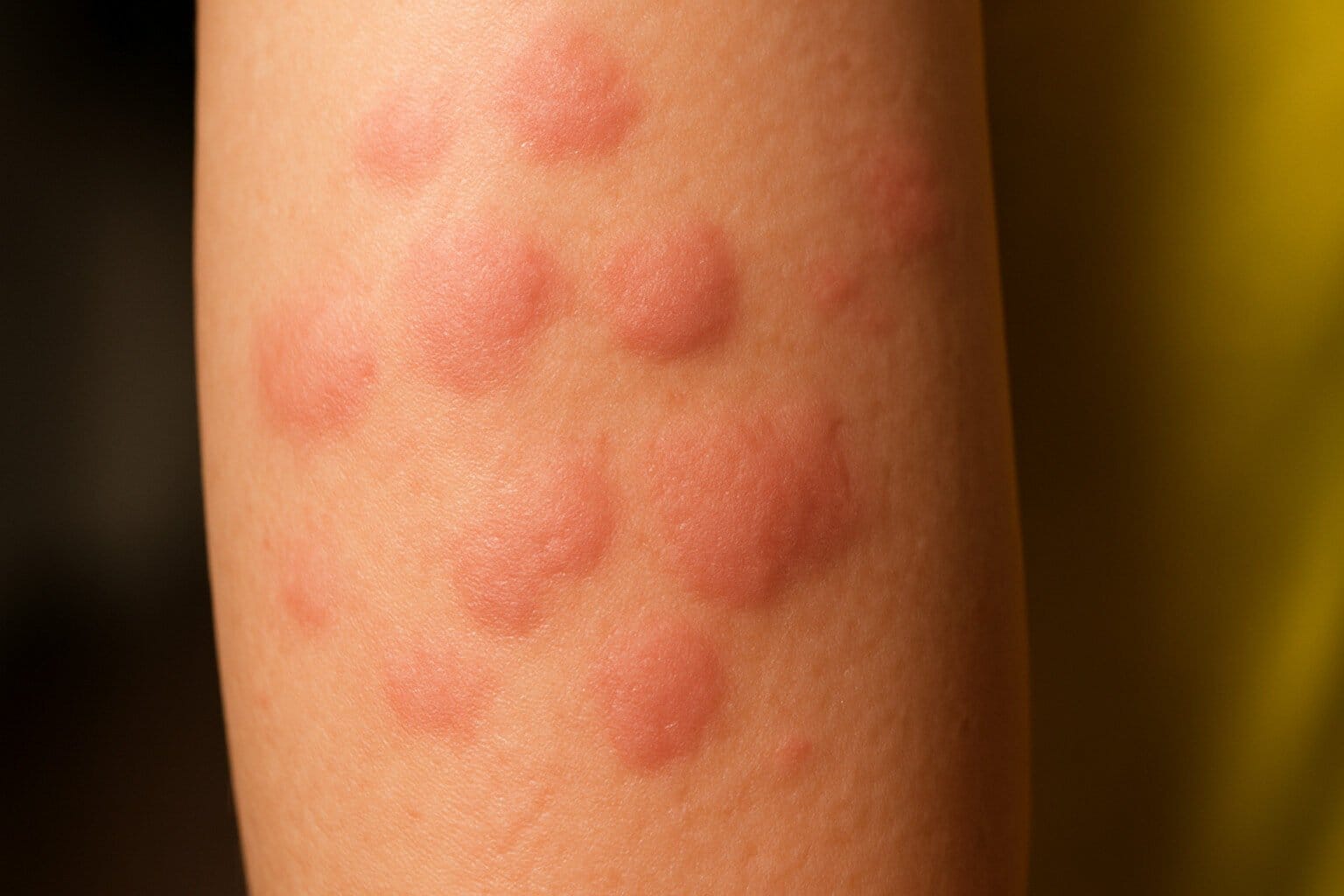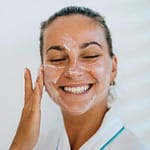How to Get Rid of Whiteheads: Home Remedies
Whiteheads are those annoying little white bumps that appear on your face, often on your nose, chin, forehead, or cheeks. They’re a type of acne that forms when your pores get clogged with oil, dead skin cells, and sometimes dirt. Unlike blackheads, which are open and turn dark when exposed to air, whiteheads are covered by a thin layer of skin, making them look like tiny white or yellowish dots. They can make your skin feel bumpy, look uneven, and mess with your confidence, especially when you’re getting ready for school or a big event.
The good news is you don’t need expensive treatments or a trip to the dermatologist to tackle them. You can treat whiteheads at home with simple, natural remedies that are easy to find and use. This article will explain why whiteheads happen, how they form, the different types, myths to avoid, and the best home remedies to clear them up. We’ll also share practical tips and answer common questions to help you achieve smooth, clear skin without leaving your house. Whether you’re dealing with a few stubborn whiteheads or a whole bunch, these tips will help you take control of your skin and feel great about your complexion.
Why It Happens?
Whiteheads form when your skin’s pores get blocked, and there are several reasons this happens. Your skin naturally produces an oil called sebum to keep itself hydrated, but sometimes it makes too much. This extra oil can mix with dead skin cells that don’t shed properly, creating a sticky plug in your pores. If the pore is closed off by a layer of skin, the gunk stays trapped, forming a whitehead. Hormones are a big culprit. During puberty, menstruation, pregnancy, or stressful times, your body’s hormones can go wild, making your skin oilier than usual. This is why teens often get whiteheads, but adults can get them too, especially if stress or hormonal changes are part of the picture.
Your genes can also make you more likely to get whiteheads. If your parents had acne, you might be dealing with it too. Other things, like using heavy makeup, not washing your face properly, or living in a humid place, can make whiteheads worse. For example, if you wear thick foundation or don’t clean off sweat after playing sports, your pores can get clogged faster. Certain foods, like dairy or sugary snacks, might also make your skin produce more oil, leading to whiteheads. Understanding these causes helps you figure out what’s triggering your whiteheads so you can avoid those things and keep your skin clearer.
How It Happens?
The process of a whitehead forming is like a tiny clog in your skin’s plumbing. Your skin has thousands of tiny holes called pores, which let oil and sweat come out to keep your skin healthy. When things go wrong, here’s what happens: your skin’s oil glands get overactive, often because of hormones, stress, or hot weather. This extra oil mixes with dead skin cells that should fall off but don’t. The mix turns into a thick plug that blocks the pore. If the pore is open, you get a blackhead, but if it’s closed by a thin layer of skin, the trapped oil and skin cells form a whitehead.
Sometimes, bacteria that naturally live on your skin get trapped in the pore too. This can cause a bit of inflammation, making the area around the whitehead red or slightly swollen. Things like touching your face with dirty hands, using oily skincare products, or sleeping on a dirty pillowcase can add more gunk to the mix, making whiteheads more likely. It’s a chain reaction: too much oil, stuck skin cells, and a closed pore team up to create those annoying bumps. Knowing how this works can help you choose the right home remedies to unclog your pores and stop whiteheads before they start.
Types
Whiteheads are part of the acne family, but not all whiteheads are the same, and some similar-looking bumps have different causes. Here are the main types you should know about:
- Closed Comedones: These are the classic whiteheads. They’re small, white or flesh-colored bumps caused by pores clogged with oil and dead skin cells, sealed off by a layer of skin. They’re usually painless but can be stubborn and show up on your nose, chin, or forehead.
- Milia: These look like whiteheads but are actually tiny cysts filled with keratin, a protein in your skin. Milia often appear around the eyes, cheeks, or nose and feel hard, not soft like whiteheads. They’re not caused by oil but by trapped skin cells or damage from things like sunburn.
- Pustules: These are whiteheads with pus inside, which makes them look white or yellow and often red around the edges. Pustules are inflamed and can be sore, unlike regular whiteheads, and they’re more likely to show up during a bad acne breakout.
Each type needs a slightly different approach. Closed comedones respond well to home remedies, while milia might need professional help if they stick around. Pustules might require extra care to reduce inflammation. Knowing what type you have helps you pick the best way to treat them at home.
Myths
There are tons of wrong ideas about whiteheads that can make treating them confusing. Let’s clear up some common myths so you can focus on what really works:
- Myth 1: Whiteheads mean your skin is dirty. Not true! While keeping your face clean helps, whiteheads are caused by oil and dead skin cells, not just dirt. Even super clean skin can get them.
- Myth 2: Popping whiteheads makes them go away faster. Big nope! Popping can push bacteria deeper into your skin, causing more acne, inflammation, or scars. It’s better to use gentle remedies to clear them up.
- Myth 3: Only teenagers get whiteheads. Wrong! Whiteheads can happen to anyone, from teens to adults. Hormonal changes, stress, or oily skin can cause them at any age.
- Myth 4: Toothpaste is a great whitehead cure. This is a popular one, but toothpaste can irritate your skin and make things worse. Stick to remedies made for your face.
- Myth 5: Diet has nothing to do with whiteheads. Actually, some foods, like dairy or high-sugar snacks, can make your skin oilier, leading to more whiteheads. Eating healthier can help.
Clearing up these myths means you won’t waste time on bad advice and can focus on real solutions to get rid of whiteheads.
Solutions and Preventions
Treating whiteheads at home is all about keeping your pores clear and your skin calm. Here are some effective remedies and prevention tips to try:
- Gentle Cleansing: Wash your face twice a day, morning and night, with a mild, oil-free cleanser. Look for products labeled “non-comedogenic,” which means they won’t clog pores. Avoid harsh soaps or scrubbing too hard, as this can irritate your skin and make it produce more oil.
- Exfoliate Smartly: Exfoliate once or twice a week to remove dead skin cells that can clog pores. Use a gentle exfoliant with salicylic acid, which helps dissolve oil in pores. You can also make a DIY scrub by mixing a teaspoon of baking soda with water to form a paste. Gently massage it on your face, then rinse.
- Natural Home Remedies: Try these natural treatments to target whiteheads:
- Tea Tree Oil: Mix 2-3 drops with a tablespoon of water and dab it on whiteheads with a cotton swab. Tea tree oil fights bacteria and reduces inflammation, but always dilute it to avoid irritation.
- Honey and Cinnamon Mask: Combine one tablespoon of raw honey with a pinch of cinnamon. Apply to whitehead-prone areas, leave for 15-20 minutes, then rinse with lukewarm water. This mix is antibacterial and soothing.
- Apple Cider Vinegar Toner: Mix one part apple cider vinegar with three parts water. Apply with a cotton pad after cleansing to balance your skin’s oil production. Don’t use it undiluted, as it’s too strong.
- Aloe Vera Gel: Apply fresh aloe vera gel to whiteheads before bed. It calms inflammation and helps heal your skin while you sleep.
- Light Moisturizing: Even if your skin is oily, don’t skip moisturizer. Use a lightweight, non-comedogenic one to keep your skin hydrated without clogging pores. Dry skin can actually make your oil glands work harder, leading to more whiteheads.
- Avoid Triggers: Stay away from heavy makeup, creamy lotions, or touching your face too much. Wash your makeup brushes weekly and change pillowcases every few days to avoid oil and bacteria buildup. If you sweat a lot, like after sports, cleanse your face as soon as possible.
- Sun Protection: Use a non-greasy sunscreen with at least SPF 30 every day. Sunburn can damage your skin and make pores more likely to clog. Look for sunscreens with zinc oxide for sensitive skin.
- Healthy Diet and Hydration: Drink plenty of water to keep your skin hydrated from the inside. Eat lots of fruits, vegetables, and whole grains. Try cutting back on dairy, sugary snacks, or greasy fast food, as these can make your skin oilier and lead to more whiteheads.
- Stress Management: Stress can trigger oil production, so try relaxing activities like deep breathing, stretching, or listening to music. Getting enough sleep also helps your skin stay healthy.
Consistency is key when treating whiteheads. Stick to your routine, and don’t expect overnight miracles. If your whiteheads don’t improve after 4-6 weeks or if you get painful cysts, talk to a dermatologist for stronger treatments.
Suggestion
To get rid of whiteheads at home, start with a simple, consistent skincare routine. Every morning and night, wash your face with a gentle, oil-free cleanser to remove dirt and excess oil. Once or twice a week, exfoliate with a salicylic acid product or a homemade baking soda scrub (mix a teaspoon of baking soda with water to make a paste) to keep pores clear. Try natural remedies like tea tree oil (diluted with water) or a honey-cinnamon mask 2-3 times a week to target whiteheads directly. After cleansing, apply a lightweight, non-comedogenic moisturizer and follow with sunscreen during the day to protect your skin.
Keep a small notebook or use an app to track what might be causing your whiteheads, like certain foods (dairy is a common culprit), heavy makeup, or stress. Avoid touching your face, and wash pillowcases and makeup brushes regularly to prevent oil buildup. Eat a balanced diet with lots of water, fruits, and veggies, and try to limit sugary or greasy foods. If you’re stressed, take a few minutes each day for calming activities like deep breathing or a short walk. Be patient, as whiteheads take time to clear, but sticking to these steps can make a big difference. If you don’t see improvement after a month or if your skin gets worse, consider seeing a dermatologist for advice.
FAQs
Q: Can whiteheads go away without treatment?
A: Some whiteheads may disappear on their own in a week or two, but a proper skincare routine with cleansing and exfoliating can speed things up and prevent new ones.
Q: Is it safe to pop whiteheads at home?
A: No, popping whiteheads can push bacteria deeper, causing more acne, inflammation, or scars. Use gentle remedies like tea tree oil or honey masks instead.
Q: Does diet really affect whiteheads?
A: Yes, foods like dairy, sugary snacks, or greasy fast food can increase oil production, leading to more whiteheads. Try cutting back and eating more fruits and veggies.
Q: Are whiteheads and blackheads the same thing?
A: Not exactly. Whiteheads are closed pores clogged with oil and skin cells, while blackheads are open pores that turn dark when exposed to air.
Q: How long does it take to get rid of whiteheads with home remedies?
A: With a consistent routine, you might see results in 1-2 weeks, but stubborn whiteheads can take 4-6 weeks to fully clear.
Q: Can I use regular soap to wash my face?
A: No, regular soap can be too harsh and dry out your skin, causing it to produce more oil. Use a gentle, non-comedogenic facial cleanser instead.
Q: Can makeup cause whiteheads?
A: Yes, heavy or oily makeup can clog pores. Choose non-comedogenic products and remove makeup completely before bed.
Q: Are milia the same as whiteheads?
A: No, milia are hard cysts caused by trapped keratin, not oil. They often need professional removal if they don’t go away on their own.
By following these home remedies and prevention tips, you can get rid of whiteheads and keep your skin clear and smooth. Stick to a gentle routine, avoid triggers, and be patient, as your skin will thank you with a healthy, confident glow!
Subscribe to our newsletter!







